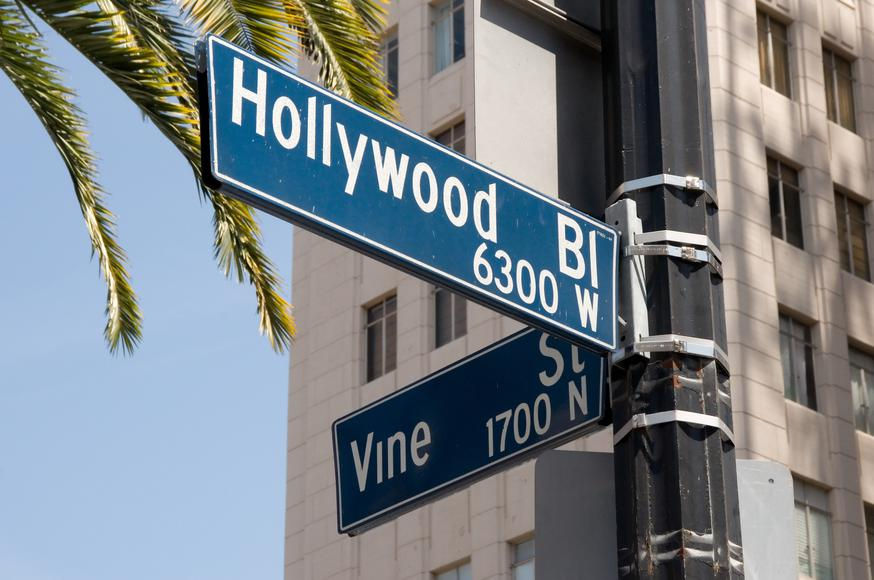History of the Hollywood Walk of Fame: Famous Stars and Cultural Legacy
- Aug 13
- 3 min read

The Hollywood Walk of Fame stands as one of the most recognizable landmarks in the world, drawing millions of visitors each year to Hollywood Boulevard and Vine Street in Los Angeles. With its iconic pink terrazzo and brass stars embedded in the sidewalks, the Walk of Fame celebrates the contributions of actors, musicians, directors, producers, and other influential figures who have shaped the entertainment industry.
Origins and Early History
The idea for the Walk of Fame was first proposed in 1953 by E. M. Stuart, then-president of the Hollywood Chamber of Commerce. Stuart envisioned a tribute that would maintain the glamour of Hollywood and honor the stars who brought fame and recognition to the entertainment capital of the world. The project was officially approved in 1958, with construction beginning in 1960.
The first eight stars were installed as a demonstration in 1958, featuring names like Burt Lancaster, Joanne Woodward, and Olive Borden. On February 9, 1960, the official groundbreaking took place, and the Walk began to take shape.
Expansion and Growth
Originally, the Walk of Fame included about 2,500 blank stars, with the intention of filling them over the years as honorees were selected. The categories at the time included Motion Pictures, Television, Recording, Radio, and later, Live Theatre/Performance.
As Hollywood grew, so did the Walk. Over the decades, the Walk expanded both in size and recognition, becoming not just a Los Angeles attraction but also a symbol of global entertainment culture.
Selection Process
The process of receiving a star is both selective and ceremonial. Each year, the Hollywood Chamber of Commerce receives hundreds of nominations, but only a limited number are chosen. A committee reviews the candidates, considering their contributions to the entertainment industry, their professional achievements, and their philanthropic efforts.
Once selected, honorees must agree to attend the unveiling ceremony, which has become a major media event. They are also required to pay a sponsorship fee, which helps cover the cost of installation and maintenance.
Cultural Significance
The Walk of Fame is more than just a tourist destination. It serves as a timeline of entertainment history, showcasing the evolution of film, television, music, and live performance. Fans from around the world visit the Walk to find the names of their favorite stars, creating a personal connection to the legacy of Hollywood.
The Walk has also become an iconic filming location, appearing in countless movies, television shows, and music videos. It remains a place where the glamour of Hollywood meets the everyday lives of its fans.
Preservation and Maintenance
Over the years, the Hollywood Walk of Fame has faced challenges, including wear and tear from millions of visitors, vandalism, and the need for upkeep in a bustling urban environment. The Hollywood Historic Trust, in partnership with the Chamber of Commerce, works to preserve and maintain the landmark, ensuring it remains a lasting tribute to the entertainment industry.
Conclusion
The Hollywood Walk of Fame remains one of the most iconic cultural landmarks in the world, blending the legacy of entertainment’s past with the excitement of its future. It not only celebrates the stars who have shaped music, film, television, radio, and theater, but also serves as a reminder of Hollywood’s role as the entertainment capital of the world.
Future Outlook
As the entertainment industry evolves with streaming platforms, digital media, and new global influences, the Walk of Fame is expected to expand to honor a more diverse range of talent. With younger generations of artists and creators making their mark, the tradition will continue to grow as a living timeline of cultural achievement. The Walk will remain a destination where fans from around the globe gather to celebrate the magic of entertainment history.
About the Author
Sharon Cooper is Editor in Chief for Massive Action Media. Born in New York City, she earned her bachelor's degree in Fine Art from UCLA in 2002. With roughly 21 years of professional experience, Sharon has worked for some of the largest publications in NYC and LA. She covers entertainment, film, and celebrity lifestyle, bringing a keen editorial perspective and deep industry knowledge to every story.
Copyright/Disclaimer
Report Errors/Contribute to Site


Comments